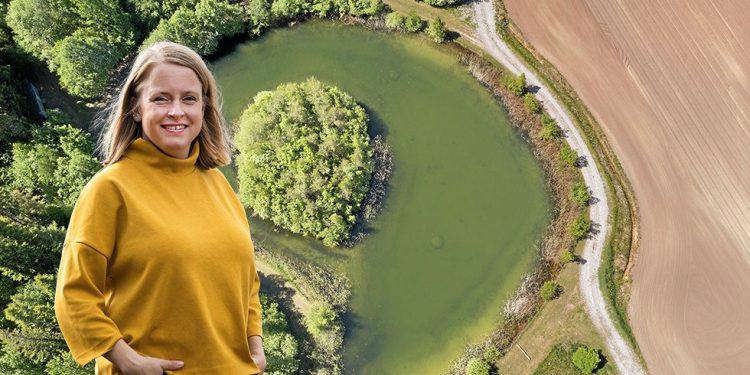#Agriculture #SustainableFarming #ClimateAdaptation #AgriculturalInvestments #PrecisionFarming #RenewableEnergy #SwedishAgriculture #FoodSecurity #EnvironmentalSustainability
The recent “Agenda special: Klimatutmaningen” on SVT raised critical questions about the challenges and responsibilities of the agricultural sector amidst the global climate crisis. While the program discussed the need for reduced emissions, sustainable practices, and the role of forestry after EU decisions, it conspicuously lacked representation from farmers and agricultural researchers.
The underlying issue, however, isn’t a lack of awareness or willingness within the agricultural sector to transition. Living off the land brings a poignant awareness of the consequences of climate change. The real challenge lies in profitability.
According to a recent report from LRF and Lantmännen, the transition to sustainable farming is projected to cost the Swedish agriculture sector 80-85 billion SEK in investment over the next 15-20 years. This translates to an annual cost of 20 billion SEK with a 15 percent interest rate, coupled with an additional 10-11 billion SEK in annual expenses. While these figures need to be considered in relation to the industry’s total turnover of approximately 80 billion SEK per year, and the total value of food consumption amounting to around 350 billion SEK annually, it’s evident that a solution must be found.
The green industry faces a complex challenge not easily addressed by a one-size-fits-all solution. Agriculture, deeply connected to the global carbon cycle, requires thoughtful consideration. Green transition possibilities include increased production of renewable energy sources like biogas and solar energy.
Critical to the debate is determining the size of these investments based on how robust we want the nation’s food production to be. The report emphasizes that incomes need to increase by 25 percent to defend against cost increases. Sharing the burden of these costs within agricultural, climate, and energy policies is a clear necessity.
Investments in precision farming technology, electrified vehicles, and irrigation reservoirs, facilitated through programs like the state’s Klimatklivet, contribute not only to the farm’s sustainability but also align with national food strategies and defense efforts.
Currently, Sweden heavily relies on food imports, with a self-sufficiency rate of around 50 percent. The costs should be borne through increased responsibility in trade and potentially higher food prices for consumers in the long run. Depending on state compensation in the long term is deemed unreliable. Ultimately, the most effective climate adaptation is ensuring stable and profitable agricultural enterprises.
As Sweden grapples with the challenges of agricultural transition, the key lies in finding a harmonious balance between economic viability and environmental sustainability. The proposed investments and strategies outlined in the report provide a roadmap for securing the nation’s food production while addressing climate concerns. Collaborative efforts, shared responsibilities, and smart investments pave the way for a resilient and sustainable future for Swedish farming.


































